

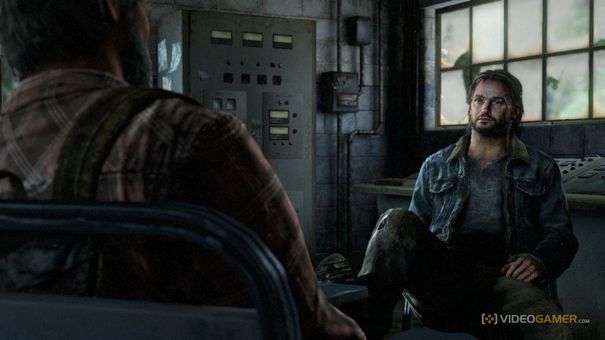

There's a moment in The Last of Us that's charged with unassuming weight and meaning. It's one that has the power to change how you see and understand the entire game, but it's not a cutscene, a conversation, or an action sequence. Some players may not have even thought it significant at all, whereas for others it would have been the most disturbing moment of all in this story of a journey against the odds.
For me it shattered the expectations and loose connections I'd established between myself, the lead duo of Ellie and Joel and, most of all, the world that they inhabit.
Early on in the game and playing as Joel, I reached out for a rag. I couldn't pick it up. Huh? I'd picked up so much loot already that my inventory was maxed out. To say I was surprised was an understatement. The game had spent so long explaining that resources were scarce, that they should be treasured and that you should be smart in using anything you do find... but now I'm in the envious position of being so asset-rich that my inventory is full. I'm going to have to make a withdrawal in order to make a deposit.
The fact I'd found so much 'stuff' lying around, in this supposedly barren world, that I physically couldn't carry any more shattered my suspension of disbelief. It reminded me that I was playing a game in a world of confusingly conflicting messages.
Following The Last of Us and Uncharted, Naughty Dog is considered the king of the 'cinematic' experience – games able to build and exaggerate a sense of place and fill them with rounded characters that feel real within their surroundings. This cinematic essence is crafted and defined through cutscenes. Unfortunately, in The Last of Us' case, it's also degraded through gameplay.
When the player is in control, as the full-inventory phenomenon demonstrates, the world shown through the cutscene is turned upside down, illegitimatised and forces you to question what you're supposed to believe as 'real'.
This begs the question: is there a justifiable creative future to games like this, or merely a commercial one in which it's easy to sell people a game that looks like a movie? Video games' greatest asset, of course, is the fact that they're interactive. No other mainstream medium has this component (interactive theatre isn't mainstream, yet), meaning games harbour all sorts of unique tools and means of engagement to tell a story and entice an audience.
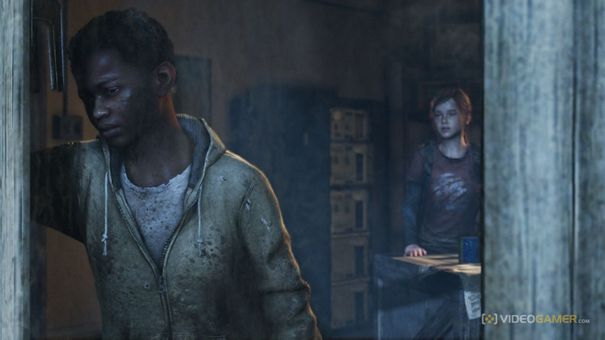
However, so many of today's games are shunning the comparatively experimental realm of story-through-gameplay and relying on story-through-cinema... via cutscenes. The reason for this is obvious: people understand the language of cinema more readily than the language of games, a reality prolonged thanks to so many game designers' refusal to build and focus on genuine interactive storytelling..
The downside is that this approach creates an experience of two halves, one side in which you have your story nicely laid out for you, the other which contains your interactions. One half is movie, the other half is game.
There is some overlap, of course, in that you're in charge of a character that you've seen grow and change through the course of a game's cinematics – potentially heightening any fondness you're likely to develop towards them. Ultimately, however, as seen in The Last of Us, the near-wholesale separation of the two elements impedes on the experience and prevents it from reaching its full potential. Rather than complement each other, the two sides of such games often directly oppose one another.
The resource and inventory management issue in The Last of Us is but one example of a wider problem. You don't have to look far for other examples: each and every one of the Uncharted games uses cinematics to tell us we're playing as Nathan Drake, a loveable rogue with a heart of gold. Yet, during gameplay, Drake ranks amongst the most crazed and relentless of psychopathic killers ever seen in a game. He kills without mercy and without thought, he will always achieve his goal no matter what the cost to human life and he never once stops to question the sanity of that approach. He's genocide with a scarf.
To enhance the disconnect, when the next cinematic pops up Drake seems to have no recollection of the mass murder he has just inflicted as he cheerily kisses the girl or jokes with mentor Sully.
Your only realistic means of believing the narrative (without resorting to giving Drake trauma-induced amnesia), is to pretend that the gameplay didn't actually occur in reality – that you played through events taking place in some kind of alternate and separate world from the Uncharted shown in cinematics.
Speaking to Neil Druckmann, creative director on The Last of Us, it becomes clear that this disconnect is something Naughty Dog is well aware of.
"It's difficult to make [gameplay and story] sing in harmony, for sure," says Druckmann. "That's really the biggest challenge we ever have with these games. When you do get it right it can be something so much greater than a passive medium, though.
"With the main The Last of Us campaign, both in and out of action sequences we were always challenging ourselves with building the bond between Ellie and Joel. That is always in the back of our minds the whole time throughout the whole of the game."
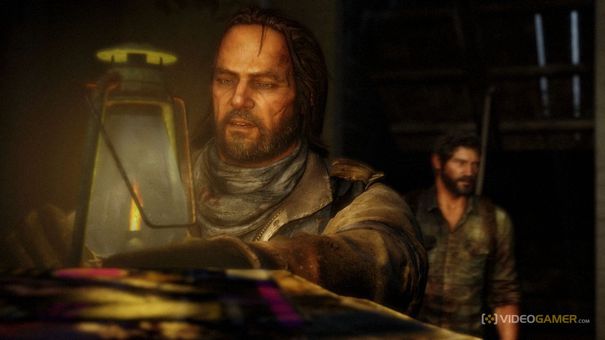
Reflecting on Druckmann's comments, it's possible that the world of The Last of Us failed to feel cohesive across cinematics and gameplay because Naughty Dog's intention all along was to concentrate so heavily on the "bond" between Joel and Ellie.
Trying to do too much narrative legwork in a game that is (relatively) short would perhaps result in confusion or a sense that no single element has been satisfactorily explored. Playing as Joel, your bond with Ellie is reinforced during gameplay through subtle actions such as putting your arm around her when hiding in cover or worrying about her safety when she's not visible during a combat situation.
This creates a dilemma, though, in that it's those very combat moments that disrupt and undermine the overall narrative of the world most of all. In theory, their construction may make Joel and Ellie feel more connected, but their predictable occurrence rate and simplistic nature (choose stealth or attack) make them feel forced and unrealistic within this world of supposed unpredictability and misdirection. Their frequency undermines their own purpose.
Additionally, the authenticity of Joel and Ellie's relationship means anything less than an equally believable world feels wholly illusory and detached.
Druckmann explains that the team pushed themselves when it came to having comparatively fewer combat sequences in The Last of Us, saying that they went out of their "comfort zone" - action being something they're well-practised at delivering with their past games. However, Naughty Dog was given confidence in its approach when players didn't complain over the quantity of action.
"The worry is that you'll lose people's interest while they're playing," Druckmann continues, when asked about why action-based gameplay is important. "If you don't have high tension the whole time then you do worry and think about whether players are going to check out of the game and get bored or stop playing.
"I really hope that there is a shift in mindset where [games] aren't seen as just mindless fun, that you can be engaged by a slower-paced experience... for lack of a better term, a more 'subtle' and 'intelligent' experience. And certainly a more emotional one.
"Once the expectations shift to that side then we can really start to experiment more and explore more in that area. That's something we really tried to do with Left Behind, was invest a lot of resources outside of the action sequences to build mechanics that serve up an emotional relationship."
Left Behind, The Last of Us' recently released DLC offering, is certainly a big step in the right direction for these kinds of 'cinematic' experiences. Not only does Left Behind contain less combat, but it takes more risks when it comes to telling a story through gameplay.
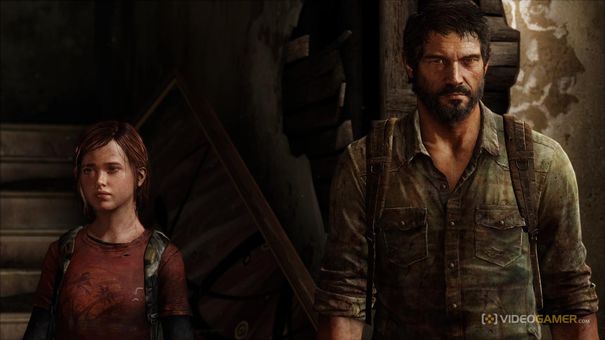
Cinematics remain the chief means of telling the story, but in this case the true meaning (at least, your most overt taste of that true meaning) comes from the way gameplay is constructed - with a reliance on putting you in charge of events that would be classified at extra-curricular, non-essential, in most games of this ilk.
What Left Behind proves most of all is that Naughty Dog is genuinely thinking about the problems that a separation between gameplay and cinematics produces and are creatively seeking ways to engage players through interactions, rather than passive video.
The challenge for the studio, and its imitators, is to now show the courage required to take the successful narrative direction of Left Behind and transplant it into a full-fledged game. Naughty Dog has been smart in using DLC content as a test bed to determine what fans of their games can reasonably enjoy in terms of interaction, but a test is only as useful as the results that it spawns. The concern is that, for all Left Behind's good work, it's The Last of Us that will still be the template.
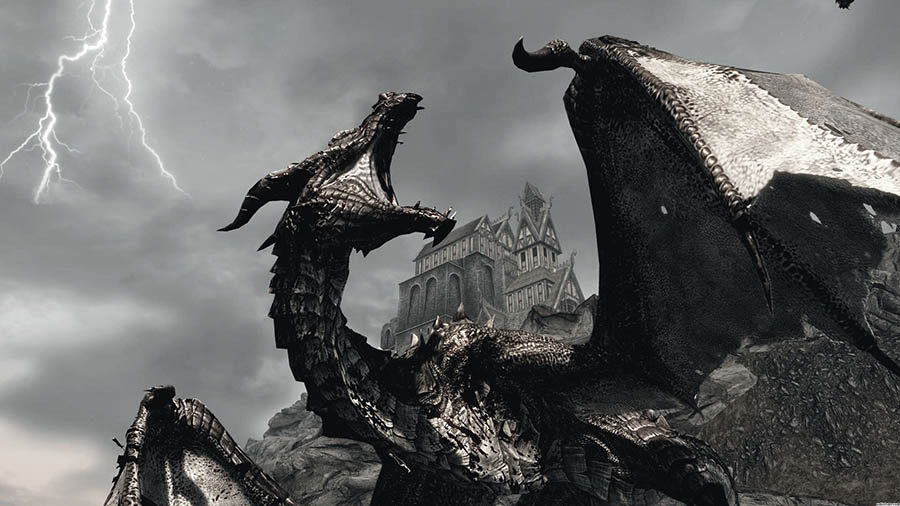
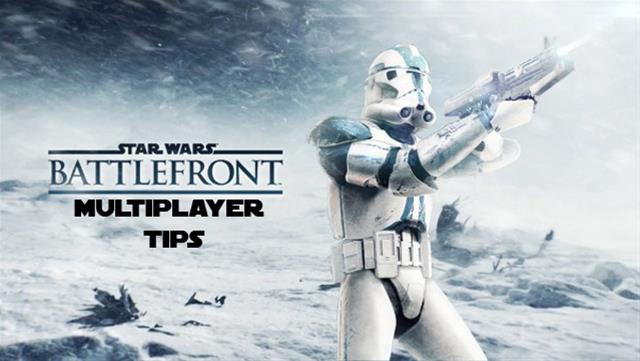
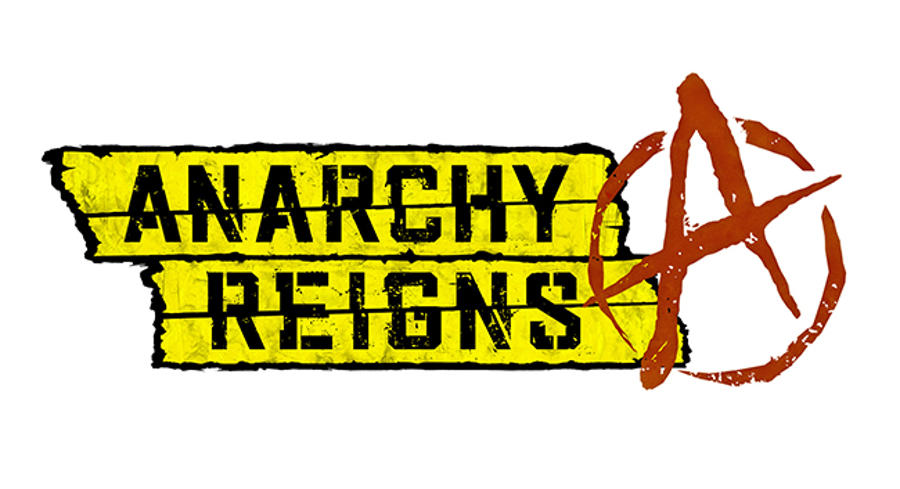

 Elder Scrolls V: Skyrim Chasing Echoes Quest Guide
Elder Scrolls V: Skyrim Chasing Echoes Quest Guide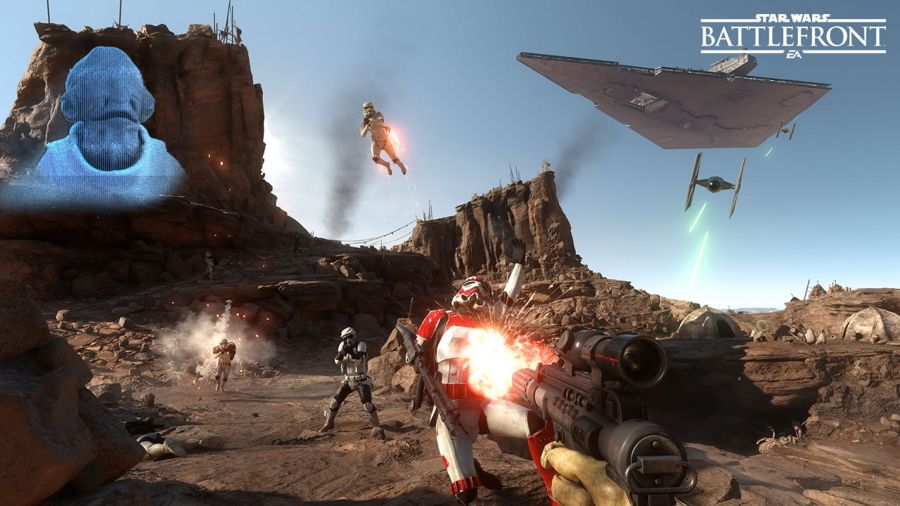 How To Break Through The Shield In Star Wars Battlefront
How To Break Through The Shield In Star Wars Battlefront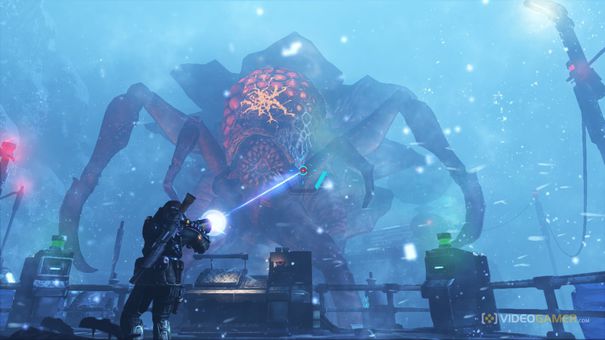 Lost Planet 3: A C
Lost Planet 3: A C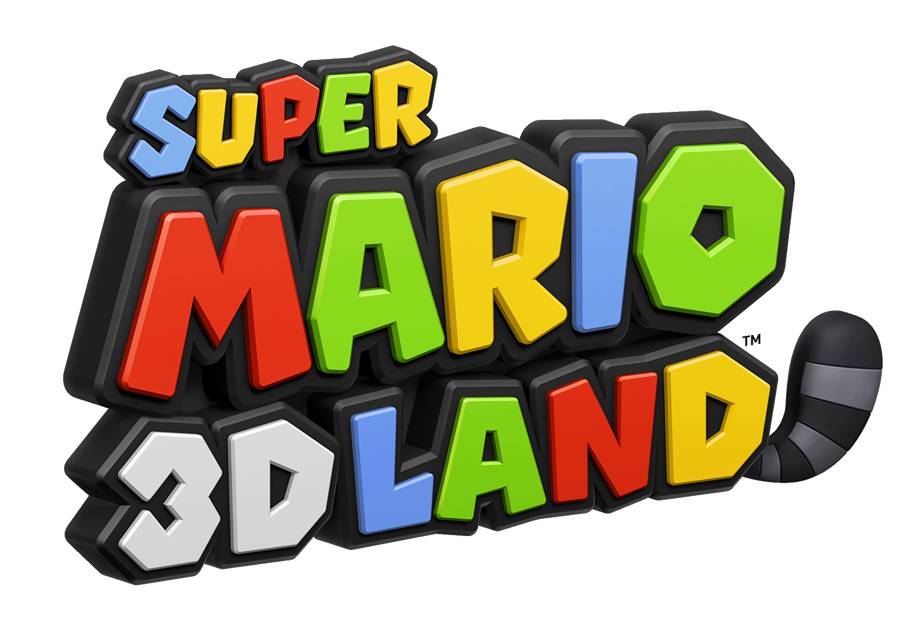 Super Mario 3D Land Infinite Lives
Super Mario 3D Land Infinite Lives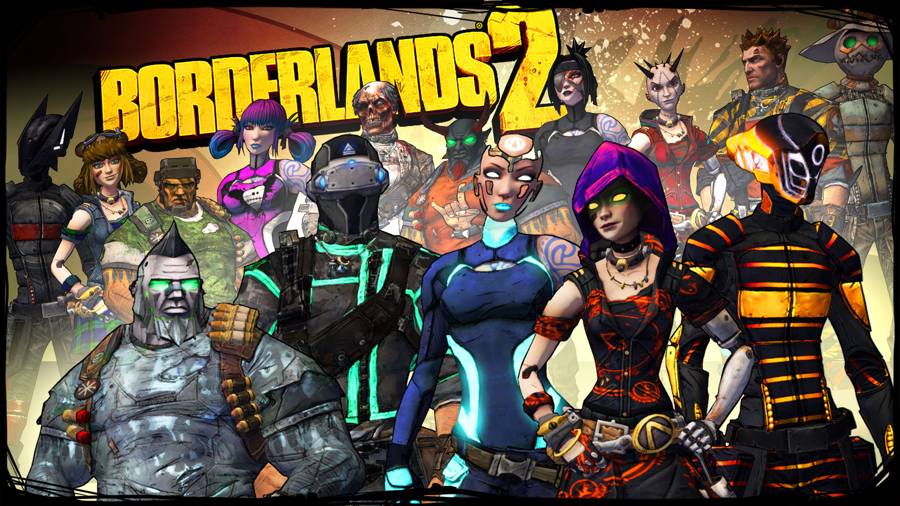 Borderlands 2 Guide: Southpaw Steam And Power Vault Symbol Location Guide
Borderlands 2 Guide: Southpaw Steam And Power Vault Symbol Location Guide